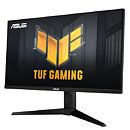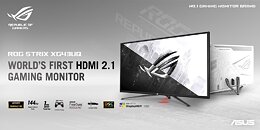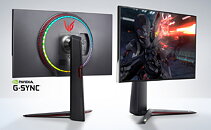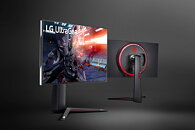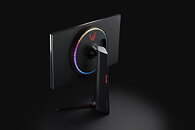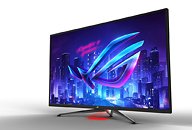VESA Announces Updated DisplayPort 2.1a Specifications to Allow for Longer Cables
The Video Electronics Standards Association (VESA) today announced that it has published the latest update to DisplayPort, version 2.1a. This update replaces the VESA certified DP40 ultra-high-bit-rate (UHBR) cable specification with a new VESA certified DP54 UHBR cable spec to enable up to four-lane UHBR13.5 link rate support (a maximum throughput of 54 Gbps) over a two-meter passive cable. As a result, the DisplayPort 2.1a update effectively doubles the passive cable length for UHBR13.5 GPU-to-display connections—which previously could only be supported through a DP80 UHBR cable—providing consumers with greater flexibility in their gaming or workstation setup.
VESA also announces it has published a new Automotive Extension Services protocol specification for both DisplayPort 2.1a and the latest version of VESA's Embedded DisplayPort (eDP) specification, version 1.5a. This new protocol extension provides support for automotive display functional safety as well as secure integrity and authentication for up to 16 display regions of interest. With the VESA Automotive Extension Services protocol, VESA has for the first time established a standard for vehicle displays that can enable display safety engineers to achieve ISO 26262 ASIL-D* - the holy grail of electronic safety integrity. Silicon manufacturers are already adopting VESA's Automotive Extension Services protocol today for chipsets that will be integrated in future vehicles.
VESA also announces it has published a new Automotive Extension Services protocol specification for both DisplayPort 2.1a and the latest version of VESA's Embedded DisplayPort (eDP) specification, version 1.5a. This new protocol extension provides support for automotive display functional safety as well as secure integrity and authentication for up to 16 display regions of interest. With the VESA Automotive Extension Services protocol, VESA has for the first time established a standard for vehicle displays that can enable display safety engineers to achieve ISO 26262 ASIL-D* - the holy grail of electronic safety integrity. Silicon manufacturers are already adopting VESA's Automotive Extension Services protocol today for chipsets that will be integrated in future vehicles.








































